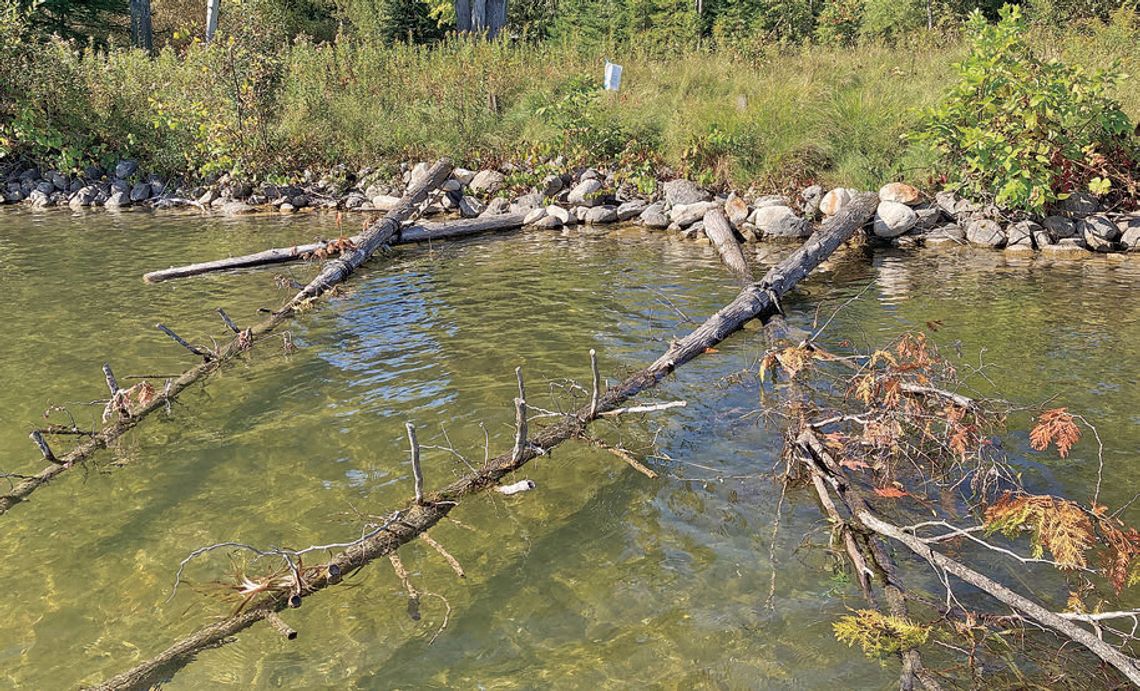The open, sandy beaches of Lake Leelanau may be ideal for swimming, they are poor deterrents for erosion.
And they’re no friend to walleye fishermen.
The Lake Leelanau Lake Association is advocating for riparian owners to consider the state of their shoreline in terms of “woody debris,” a conservation term for sunken logs.
But first, you’ll need a permit. While Mother Nature takes a sometimes active and generally haphazard approach in woody debris creation, the state of Michigan regulates when people may participate. Fall is the best time of year for most homeowners to begin applying for permits to improve their shoreline because winter ice may simplify a project.
The lake association will help you get started on the paperwork.
“It’s best to do any kind of shoreline planning in the fall so you can talk to us and get a recommendation for applying for a permit, which can take 90 days,” said Annalise Povolo, LLLA director of administration and programs. “It’s something that the state has published information about. They are trying to promote more woody debris right now because a lot of the work can be done in winter.”
Association members are recognizing the work as helpful in keeping their shoreline in place, and in improving survival of juvenile fish, Povolo said.
“Folks are starting to buy into it. We’ve had several people reach out. So far we have had only one project permitted, but it’s gaining momentum,” Povolo said.
There are several considerations when planning your woody debris project, the LLLA advises, including:
• The Michigan Department of Environment, Great Lakes and Energy (EGLE) offers information on its website that considers bank steepness, water depth — which is typically 2 to 5-feet — distance to docks and swimming areas, and navigation routes.
• Tree sources and preferred species. Common diameters are 6-10 inches with diameters going 20 to 40-feet. Ask yourself if trees will be harvested from the same parcel or moved to the site? Cedar trees will last and are light, but may be difficult or expensive to obtain.
• EGLE provides illustrations to guide tree placement, which may be combined with shoreline grasses, shrubs or existing rock.
• EGLE requires woody debris to be secure, which may be accomplished through wire cables attached to a live tree trunk, sturdy metal or wood anchors on shore.
“Some projects secure the cable to deep-set steel or wooden fence posts,” EGLE states.
Having more woody debris will improve the environmental health of many inland lakes, Povolo said.
“It basically absorbs the wave energy. Plus it creates good habitat for juvenile fish, becoming a nursery for them,” she added.








